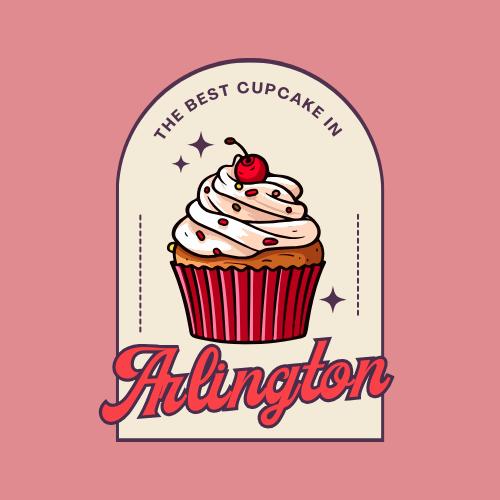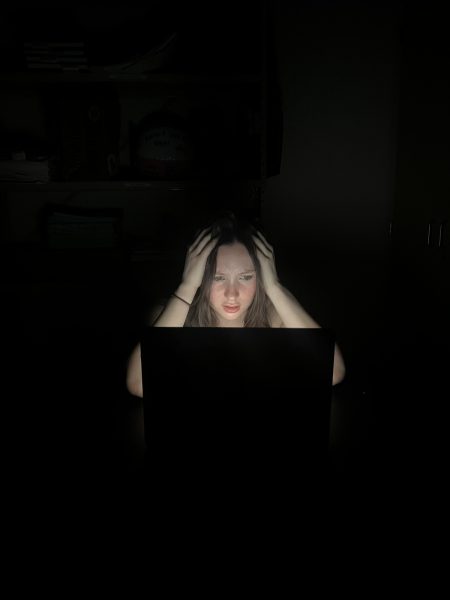Anxious, Angsty and Apprehensive to Reach Out
Students at school are struggling with their mental health after returning post-pandemic, but there are many ways to be helped
A harmful narrative of mental health and stress have prevailed in society for hundreds of years. Now, a distinction is being made to better support and educate students’ mental health at school. Whether you struggled with the transition from online to in-person education or not, chances are you have felt overwhelmed at some point during your time here.
Without a doubt at some point you or a friend have gone to the counselors in an effort to change your schedule, apply for accommodations or speak about academic planning to prepare for college. What you may not have known is that the office also provides support in the form of mindfulness and time management. Junior Yarden Footlik developed anxiety surrounding the premises over the course of the pandemic. Luckily, she was aware of her options.
“I found it really hard to enter the building and get back into going to classes,” Footlik said. “Having all of that extra pressure of having to look nice and being in class with a bunch of different people and having to talk in front of people. It was a lot harder to come into school after [being] online.”
Footlik faced the harsh realities of an intense workload combined with a year’s worth of social isolation, leading her to feel overly exposed in crowded environments and struggle to cope with intense academic pressures. Unfortunately, those are a few givens in high school. Luckily, she was able to work with mentors to find a plan that would allow her to continue her education.
“In the beginning of the year my anxiety was really, really bad, and it was hard for me to even show up in the building,” Footlik said. “My counselor would work with me and I would use the relaxation room that’s in the counselor’s suite, and I would just sit there when I felt like I could just be in the building and not go to my classes yet. That was really helpful and then we figured out a plan to just keep my core classes so that I had those flex periods to catch up on work, and be alone and keep the time for myself so that I don’t overwhelm myself. Because the number one goal for me was to be in school and going to classes.”
The relaxation room is one of many techniques used by counselors to help students feeling anxious or overstimulated in school, providing a quiet area for decompression in 15 minute increments. The space was originally the brainchild of former co-director of counseling Dr. Kristin Devaney a few years back, and it was recently sponsored by some counselors to include more manipulatives and decorations for the coming year. The room serves as a replacement for the infamous bathroom breakdowns and misplaced hallway wanderers. Buddha boards, crafts and other items for emotional grounding are placed throughout, and the items are surrounded by dimmed light with different encouraging imagery posted across the walls.
“I think [the relaxation room has] been really, really helpful for some students,” director of counseling Ms. Jessica Gregory said. “Even just knowing that they have that place that they can just be for a little bit, [and before entering] they check in with their counselor.”
Counselors are at the constant disposal of the student body, but they may recommend other measures if need be. Meetings with in-school psychologists who work primarily with special education students can be arranged, as well as additional professionals for short term visits until other sources may be contacted for one-on-one support independent of what the school can provide.
“When someone needs [a] weekly counselor, like for therapy, we’re gonna work with you to get something outside of school because our role is to have you in school, we’re kind of this middle person sometimes until something gets set up, or just in the moment,” Ms. Gregory said. “We also have some other professionals in this office. You have social workers and psychologists, and they are also available to all students. They do a lot of testing and social histories and they have a lot going on as well, but they have many, many times that are available to students.”
The cause of the increase in unease amongst students can be chalked up to more than just social intervention; it very well may be attributed to a shift in academic rigor. Juniors, who were last present full-time their freshman year, now not only face the infamous course load of Advanced Placement (AP) and International Baccalaureate (IB) classes, but only have a proper comparison to their first year.
“I feel like this year has definitely been a little more like schoolwork stress, but I also feel like that’s just because my classes are difficult,” junior Henry Frickert said. “I’m taking IB, AP, and dual enrollment classes, which definitely makes it more intense because last year I took two AP classes and that was it as far as quality point classes go. So I can’t really judge classwork differences between the two years just because my classes look very different from last year.”
Frickert, as a self-proclaimed extrovert, found that the COVID-19 year allowed him to grow closer in his already-formed friendships as he was limited in his interactions due to isolating. Without the ability to meet others face-to-face, he would often contact his friends during or after synchronous time.
“I’m a social person, I love to talk to people,” Frickert said. “I also hung out and spent time with my friends during third period and they’re great. We would FaceTime during that class and then through lunch and we just, you know, talk and we have a lot of fun and it just kind of made me happy. This helped me feel more connected to everybody, which is really nice.”
The return has been anything but uncomfortable for Frickert, who disliked the distance virtual education put between him and his classmates physically and emotionally.
“Personally, I like seeing people in school and I’m really glad to be back,” Frickert said. “I think that it’s definitely made me feel a lot happier and more interactive and social. I definitely prefer that over distance learning.”
Sophomore Camila Peña, who lost her freshman year to COVID-19, recalled her experience when re-entering the school as difficult. The shift from having a home-work life to then separating the two was difficult to say the least.
“At the end of eighth grade the pandemic was just like a pause on reality and coming back was stressful,” Peña said. “Not only having to make new friends, but having to think about leaving your family.”
Forming new relationships but leaving other ones behind after 24/7 domestic life was daunting, but Peña has enjoyed her experience thus far. Another change in her life was, once again, the unexpected number and rigor of assignments.
“I think I’ve adjusted well to making friends and everything, but definitely the workload has been very heavy out of nowhere,” Peña said. “I got straight A’s all year last year — which I don’t know how [I did], I didn’t learn anything.”
The question of comprehension versus merit was a recurring theme; although many students succeeded on paper last year, they also explained their actual knowledge and understanding of the subjects was severely limited.
“Definitely my attention span just was not even half of what it was in-person [when online] and engaged in class,” Fricket said. “So I’m definitely taking in and understanding the material more than last year.”
Similarly, some students felt the Canvas instruction was better, letting them take a more hands-on approach to their work whereas lecture-based learning without asynchronous opportunities offer more in terms of volume, but not necessarily substance.
“In person I definitely learn a lot more, there’s a lot more information,” Footlik said. “[However] I feel like I could retain more online just because it was more self-paced, and I could look back on it, and I didn’t have the extra pressure of being in class.”
For anyone struggling, the school has partnered with Cigna, a company dedicated to providing teens 24-hour support. To contact them, scan the QR posted at the top of this article, or anywhere around school. This is a confidential line with a real health care professional dedicated to helping you regardless of the severity of your issue. They can also connect or reroute you to any resources you may need, answer questions, or merely speak for however long you want.
“[During the] COVID year, [it] was hard to figure out who was struggling,” Gregory said. “It was only parents reaching out to us, sometimes teachers, but you know, so many kids it was hard to know who needed help. So we tried to do what we could, but it’s just not the same as in-person.”
School is notorious for causing burnout, anxiety, depression and other negative effects on mental health. It is because of this that they do and will continue to provide one-on-one aid for those who need it, as well as a variety of resources year round. If ever you feel hopeless or alone, don’t feel afraid to reach out to the counseling department. Their goal is solely to help you and your peers succeed and offer any support you may need.
“In the beginning of the year, I was too scared to talk to my new teachers or go to my counselor,” Footlik said. “[However], I think that was more just me not being able to reach out and ask for help — but then once I did, I immediately got the support I needed.”













